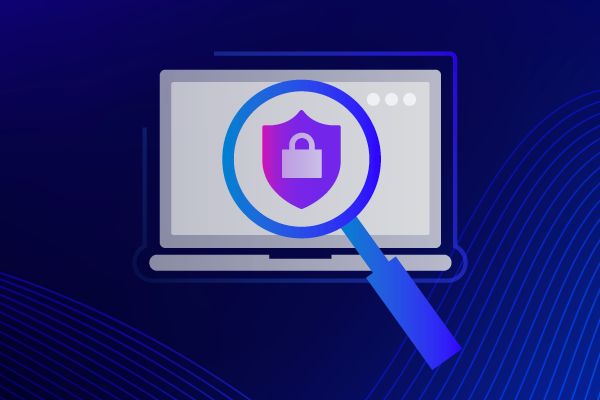The Common Types of Data Breaches
With so much confidential and personal information being shared online, it’s not surprising that data breaches have become more common. The risk for a data breach—unauthorized access to computer systems that puts data at risk—is on the rise for businesses. Managed service providers (MSPs) can help protect their clients from a data breach by making clients aware of the most common data breaches that can happen and providing them with the solutions to protect their data.
What is a data breach?
A data breach happens when a person (think hacker, threat actor) gains access to system data, typically through an untrusted source. For example, a hacker may gain access to a business’ networks via a poorly secured gateway device. If personal information was compromised in a data breach, your clients may face lawsuits or regulatory fines related to how the breach was handled.
When someone gains access to data to perform a task, like logging in or purchasing a product, they must first authenticate themselves. In a data breach, this could be done through a stolen username and password combination, matching verified biographical data (name, address, gender, marital status, date of birth) or other biometric data like face recognition. If someone can log in to a system without permission, this means they can gain unauthorized access to sensitive data. A data breach could mean the seizure of data or the loss of control of data and can result in data loss if someone can delete or conceal data that is critical to the business.
The types of data breaches we discuss below are visible to the public and can impact data storage or access. Thankfully, these types of breaches don’t happen often. But in the event of one, they have the potential to significantly damage data storage processes and access practices more than other types of breaches.
Types of data breaches
XSS attack
A cross-site scripting (XSS) attack is a remote code execution (RCE) flaw that may be caused by web applications that employ standard vulnerabilities such as XSS vulnerabilities. RCE issues can occur when a remote attacker sends malicious code to a web app.
XSS vulnerabilities are generally easy to spot because the malicious code jumps the execution of the web app to a script that may be anywhere on a computer network or even on other computers in the network.
SQL Injection attack
A SQL Injection attack shares similarities with XSS attacks, though the malicious code that enters the system is usually SQL rather than HTML. In a SQL Injection attack, an attacker’s malicious code enters a system through a database.
Although many web apps use the database as a trusted third-party, verifying that data isn’t being shared with unauthorized people is essential. If someone can access the database, they can steal data or execute a SQL Injection attack and steal money or other assets.
MITM attack
A man-in-the-middle (MITM) attack is when an attacker masquerades as a third-party and intercepts and steals data from a computer or network. For example, an attacker could be in an office, hotel room or store and view data while it’s being looked at by a computer user. There are many risks associated with MITM attacks, but the most common one is exposing personal information—names, email addresses, dates of birth, health information, financial information or any other sensitive data—to the public.
Ransomware attacks
A ransomware attack puts a lock on a computer system and demands a ransom to release data. Signs of a ransomware attack are not being able to access data or files and being notified of pending payments or losing access to data.
Common types of malware software used by hackers
Ransomware attacks are not the only type of malware that hackers use. Many other types of malware can also infect computer systems. Hackers often use these types of attacks to steal money or access sensitive data.
Some of the most common malware types, include:
Trojan. A program that runs on an infected system without the computer user’s knowledge. A Trojan can steal data, control the system or both.
Wiper. Similar to a Trojan. A wiper is designed to delete data.
Virus. Malicious software that can cause damage to computer systems or even remove itself from a hard drive.
Backdoors. A tool that allows an attacker to gain access to data.
Lookout for data breaches
Many different types of data breaches exist. Data breaches can cause irreparable damage to a company’s reputation/brand and cause significant business disruption, but there are ways to mitigate the risk of a data breach. Schedule a demo to see how Datto can help you protect your clients from losing valuable data.




